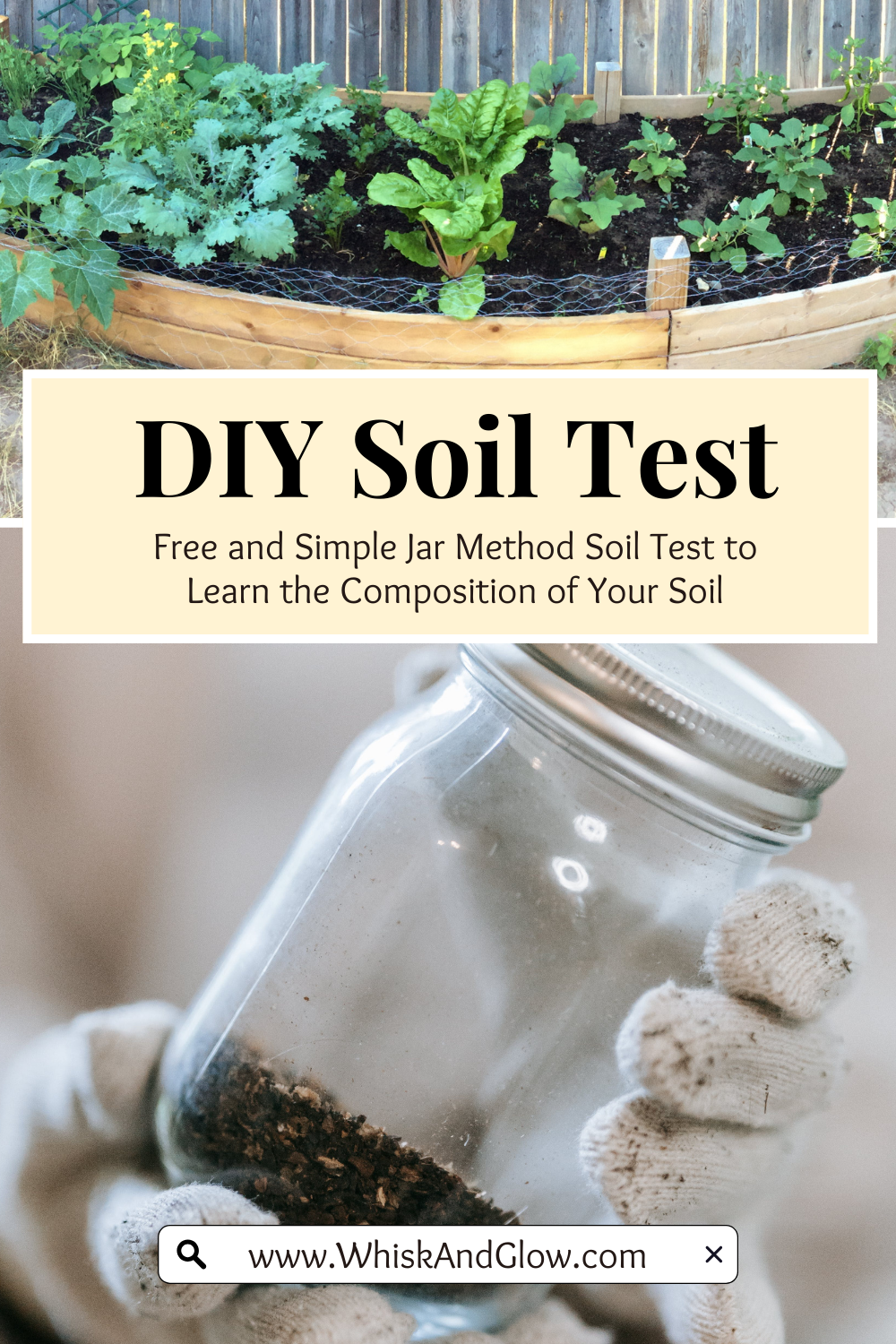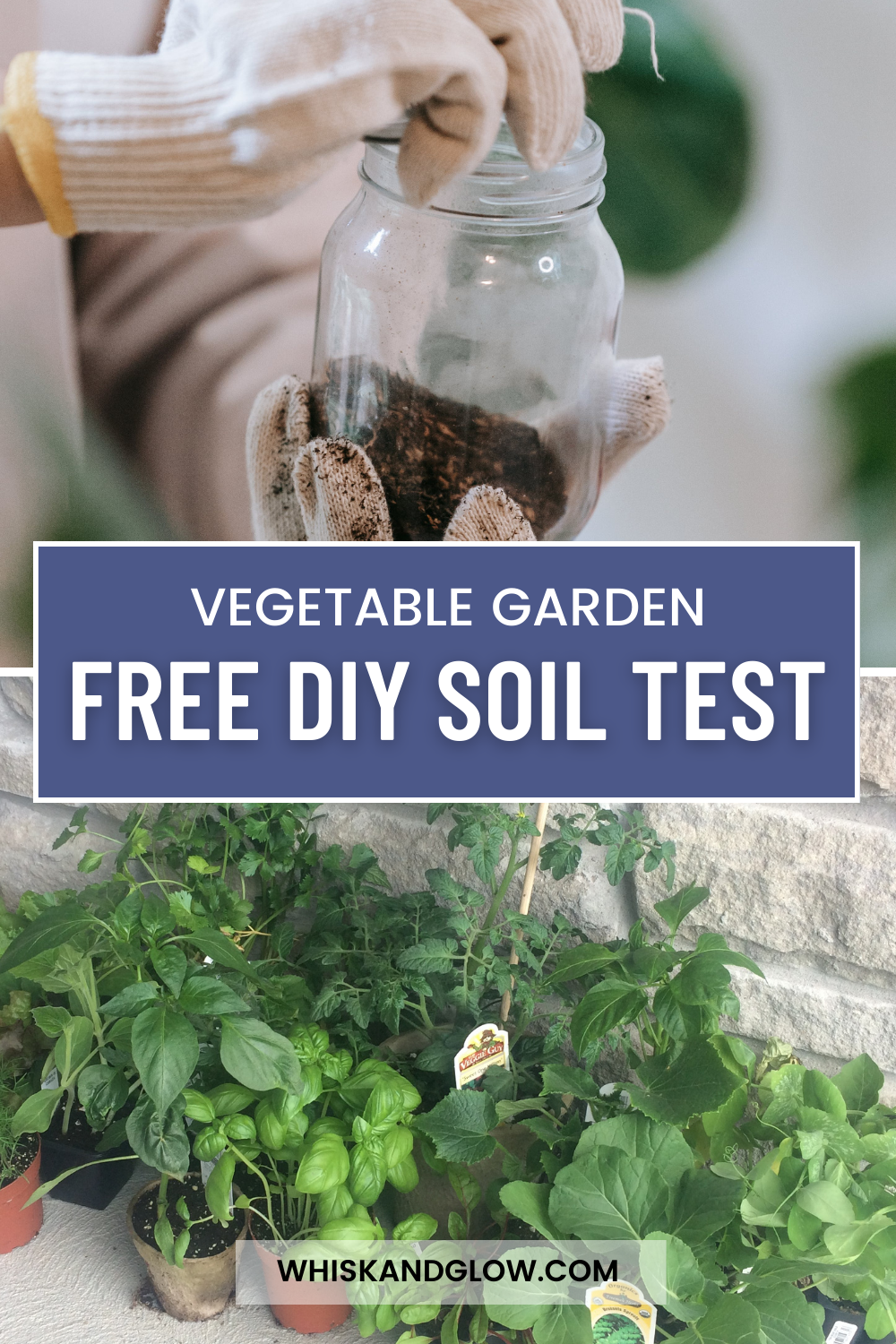Looking for a free and simple at-home method to learn the composition of your garden soil? This method is great if you're in a pinch or on a budget!
A simple soil test using a clear glass jar and water can help you determine the composition of your soil. This method allows you to observe the different layers in your soil, including sand, silt, and clay.
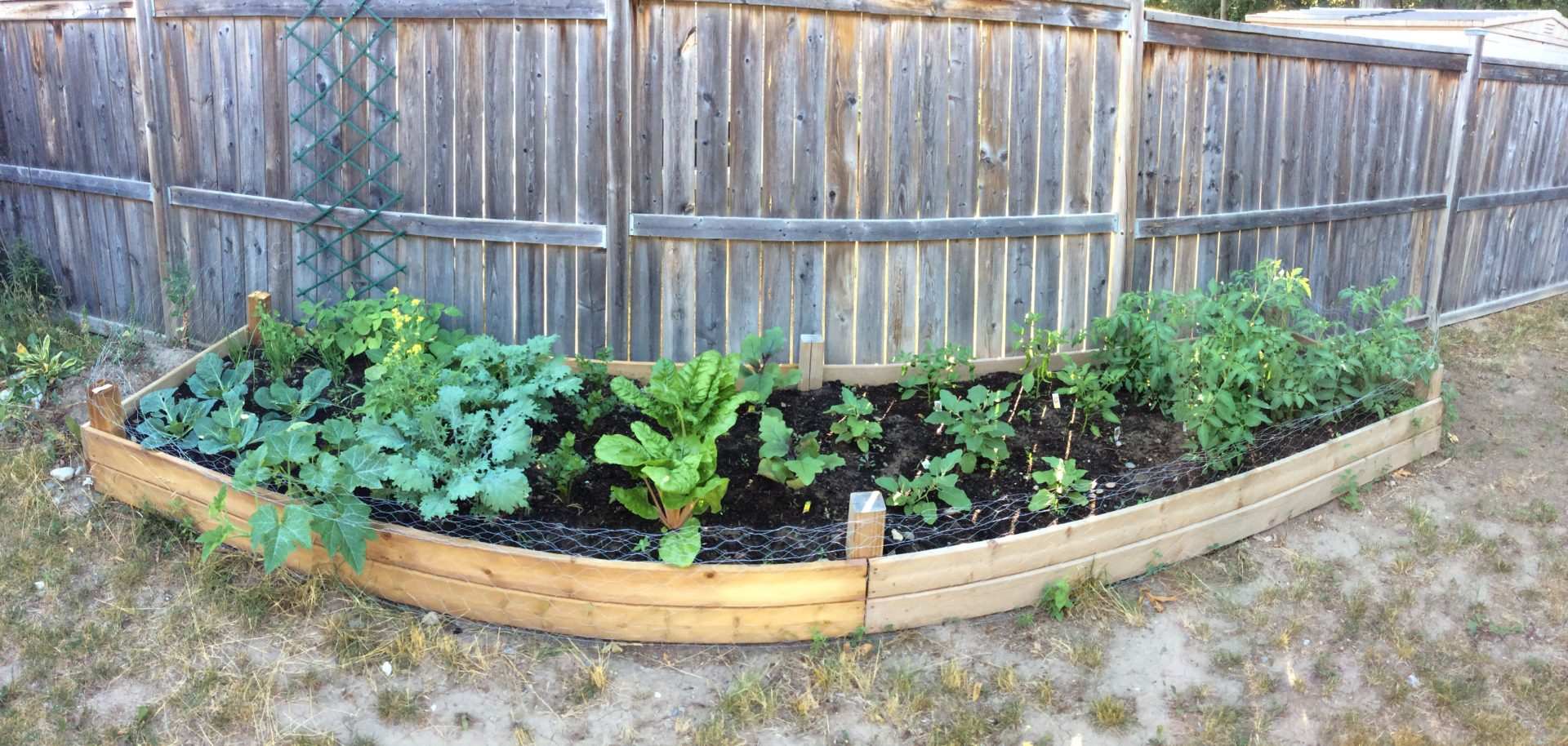
Materials Needed:
- Clear glass jar with a tight-fitting lid
- Soil sample (collected from the area you want to test)
- Water
- Dishwashing detergent (optional)
- Ruler
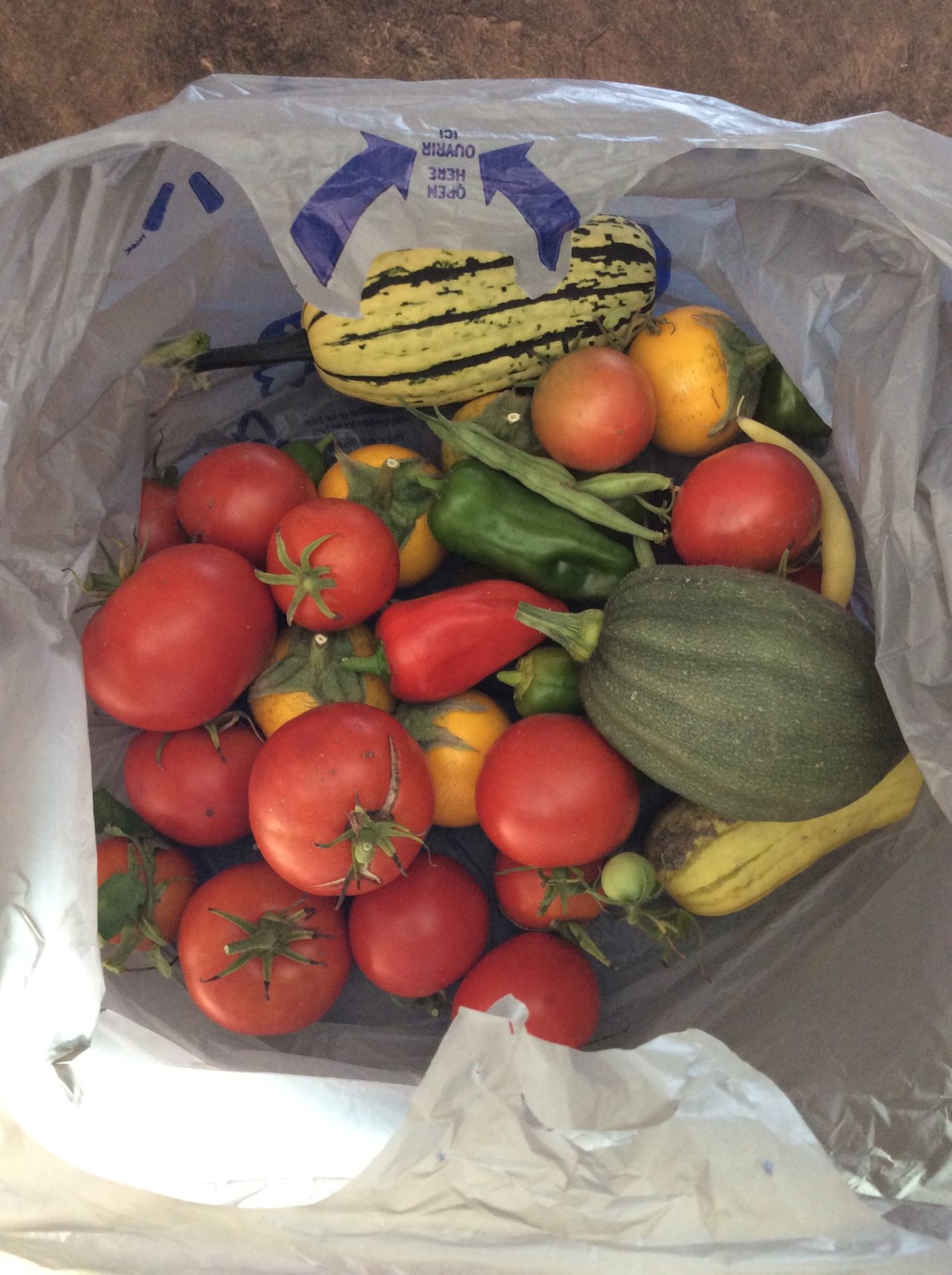
Steps
1. Collect Soil Sample
- Use a trowel or shovel to collect a soil sample from the area you want to test. Collect samples from various locations within the area to get a representative mix.
2. Prepare the Jar
- Fill the clear glass jar about one-third to one-half full with the soil sample.
3. Add Water
- Fill the jar with water, leaving some space at the top. Make sure the water level is well above the soil line.
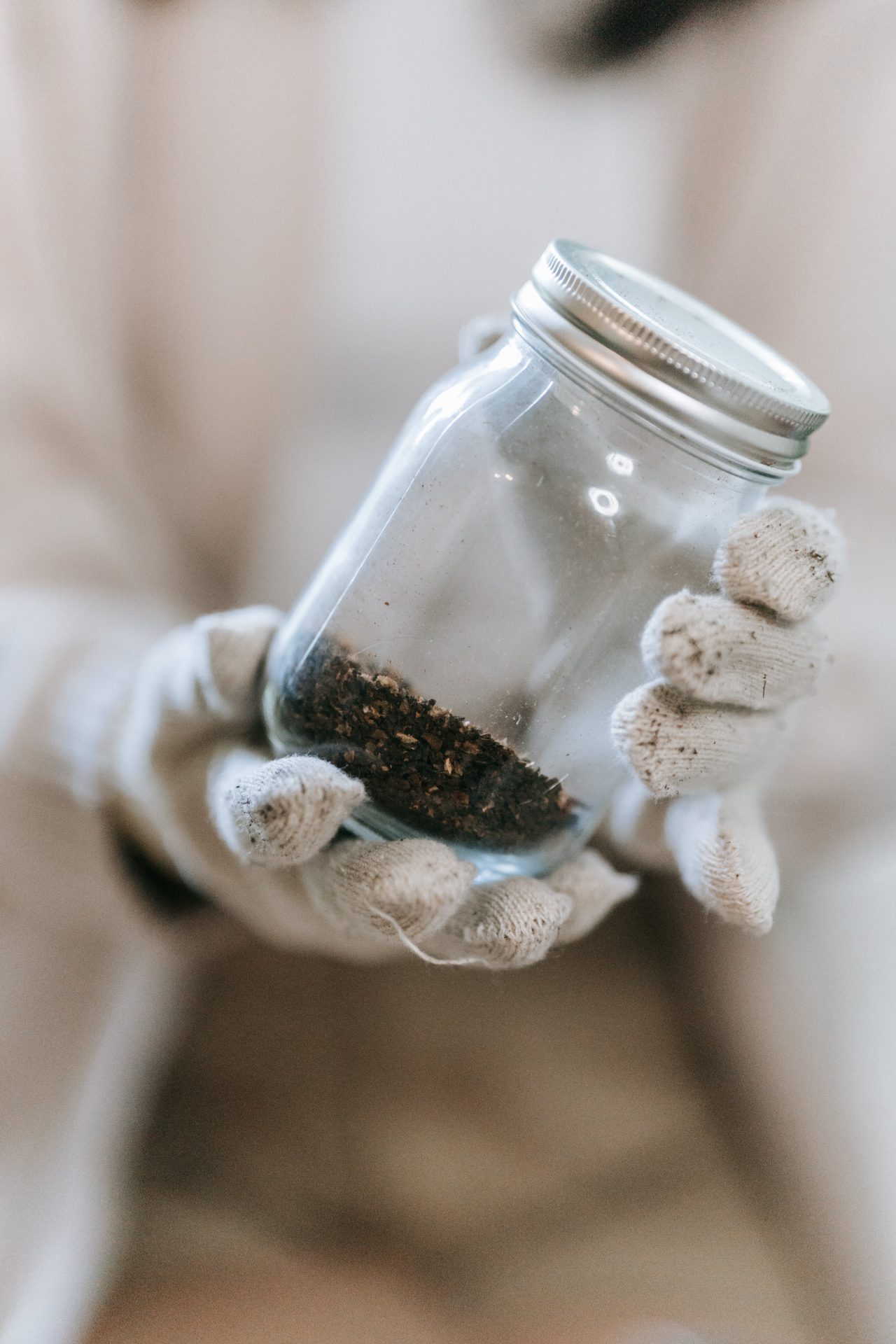
4. Shake the Jar
- Secure the lid tightly and shake the jar vigorously for several minutes. This helps the soil particles separate and suspend in the water.
5. Let It Settle
- Allow the jar to sit undisturbed for several hours or overnight. This gives the soil particles time to settle based on their sizes and weights.
6. Observe Layers
- After the settling period, you should see different layers in the jar. These layers represent the different soil particles: sand, silt, and clay.
- Sand: The largest particles, usually found at the bottom.
- Silt: Medium-sized particles, forming a layer above the sand.
- Clay: The smallest particles, often forming a layer at the top.
7. Measure Layer Thickness
- Use a ruler to measure the thickness of each layer. This will give you an idea of the soil composition. Ideally, a balanced soil has a mixture of sand, silt, and clay.
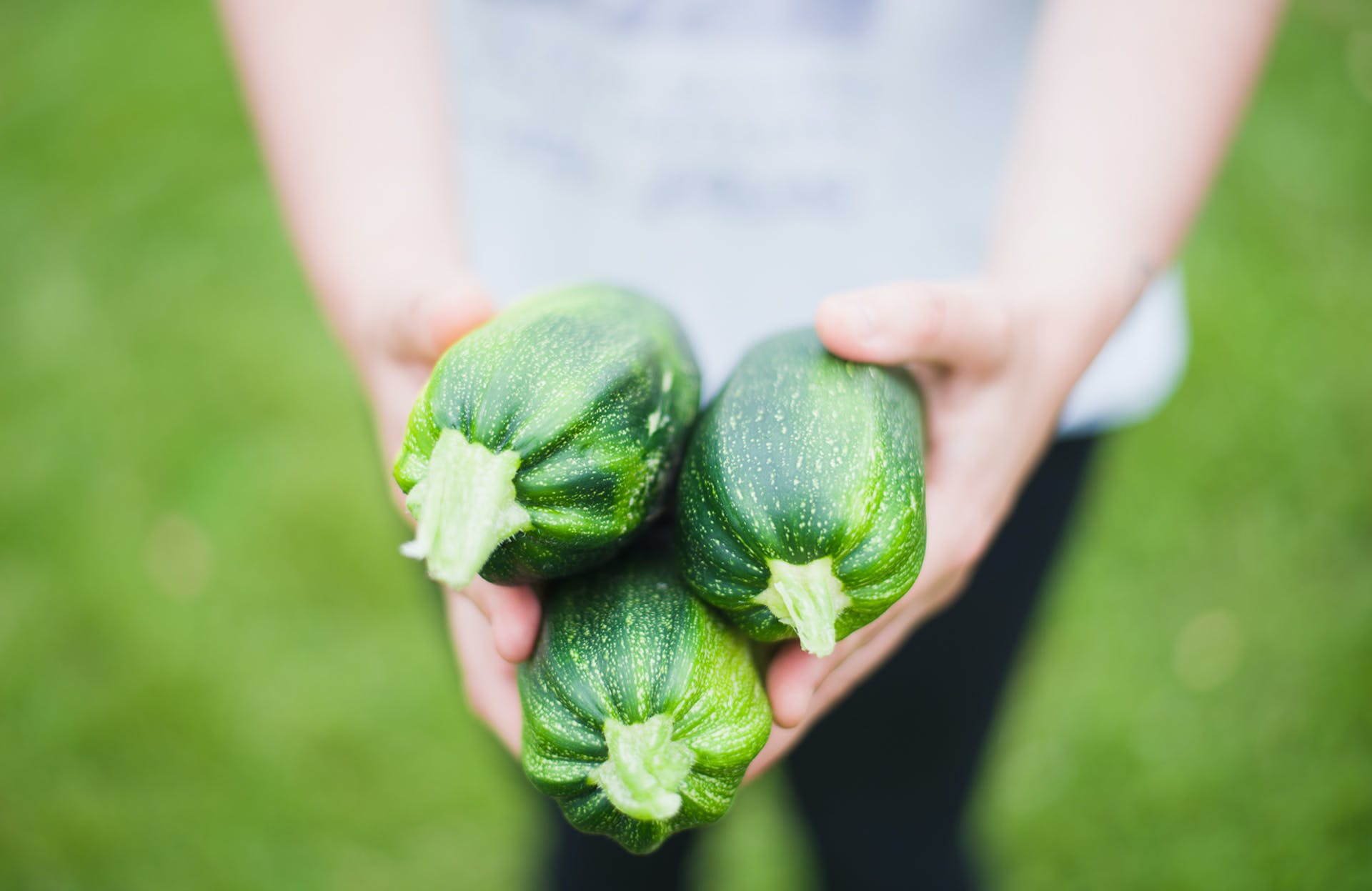
8. Interpret Results
- Sandy Soil: If the sand layer is thick, your soil is sandy. Sandy soils drain quickly but may not retain nutrients well.
- Loamy Soil: An ideal garden soil has balanced layers of sand, silt, and clay, creating a loamy texture.
- Clay Soil: If the clay layer is thick, your soil is clayey. Clay soils retain water but may drain poorly.
9. Optional: Test for Soil Texture
- To further assess the texture, rub a small amount of soil between your fingers. Sandy soil feels gritty, silt feels smooth, and clay feels sticky.
10. Repeat the Test
- For more accurate results, you may want to perform this test in different areas of your garden.
Keep in mind that this method provides a basic indication of your soil composition and provide you a starting point to improve your soil. For precise soil analysis, this method will not be enough.
